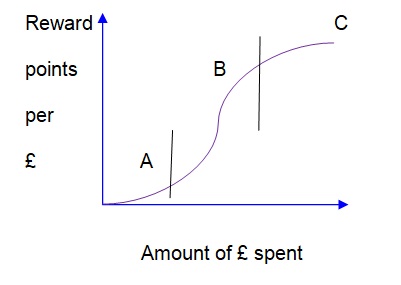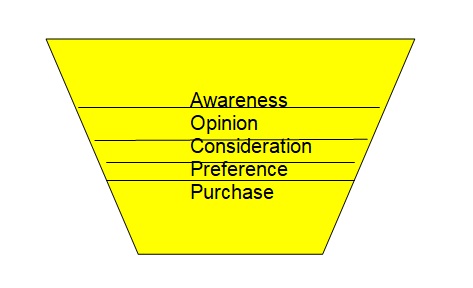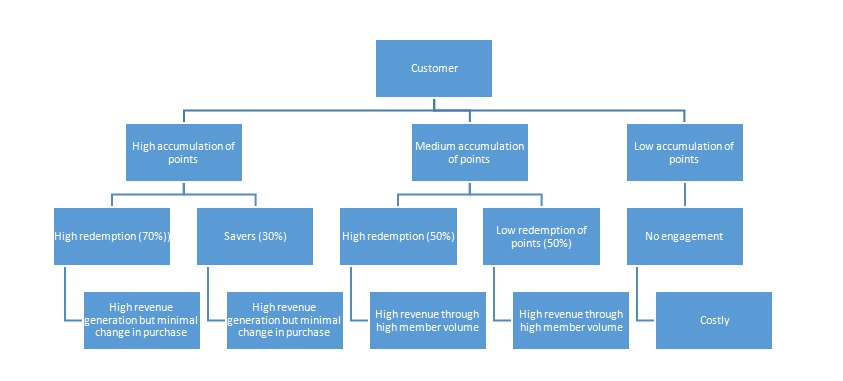Introduction
Information collected from a field study is easily comprehended when presented in form of graphs and charts. These techniques are time-cautious to whoever is presenting the data as well as the audience at large. From the visual aid, one can tell and predict the trend of a given data (Paradi, 2010). However, this would be detrimental when a faulty tool presents a piece of information since it will portray the wrong information and hence confuse the audience. It is therefore important that a given data is presented carefully to avoid errors (Paradi, 2010).
Real estate
Graph 1 below represents information collected from units found in a given real-estate. The parameters that were taken into consideration were: number of baths, garage, township, distance, pool, bedroom, and the price.

From the graph, it is evident that the most expensive unit is item 24 valued at 345.3 units. Only six units out of 105 are valued at above 300 units. From the graph, the cheapest unit appears at position 79 valued at 192.2 units. From the information on the graph, it can be deduced that the distance from the town is a factor considered in pricing. This is so because the graph shows that item 46 is the furthest (21 units away) and is valued at 21 units. The graph also shows that the price increases with the number of bedrooms.
As regards the sizes against price, the graph shows that the bars with the initial bars (blue) that are high give high prices. This simply tells us that the price of the units increases with their respective sizes.

As regards the whitener (Graph 3), very few units cost above 30000 dollars (only six items). It can be seen that most whiteners that are aged are the most expensive. The reverse is true for cheaper products. The type of whitener is a minor aspect of price determination since it is a negligible factor that the customers purchasing can ignore. Both cheap and expensive items have varying ‘types’ that don’t follow a given trend. This is to say that other factors come to play in the determination of the price. This factor is age. Very few items cost below 25000 dollars (21 out of 79 items). The most expensive item is item 47 that costs 35925 dollars. Conversely, the cheapest item (item 60) is valued at 2200 dollars.

Banking 2005
The information regarding banking in the year 2005 is represented in graph 4 below. From the graph, it is evident that the most credited ATM has the most balance. This ATM comes at position 48 having a balance of 8907 units. The most debited of the ATMs is the one with the least balance. This appears as item 17 with a balance of 137 units. The number of ATMs per city also plays a bigger role in the determination of the balance. As the number of ATMs increases so does the balances per machine reduces. This is portrayed by item 48 stationed singly at a city. On the contrary, item 17 is three in 3 cities. When the ATMs are more, the balance is distributed between/among them. From this information, it is obvious that the more the balance the more the services. This is attested by graph 4 below.

Conclusion
The graphs have portrayed the actual information such that one can distinguish among the statistical parameters without much straining. The information about the real-estate is vital in case one is willing to buy an item as per his/her specification. The same applies to whiteners, whereby one can purchase quality at a cheaper value. The bankers on the other hand can tell a strategic location for their ATMs from this information.
References
Paradi, D. (2010). Using Graphs and Tables on Presentation Slides: MBA, co-author of “Guide to PowerPoint”. New York, NY: Anchor.